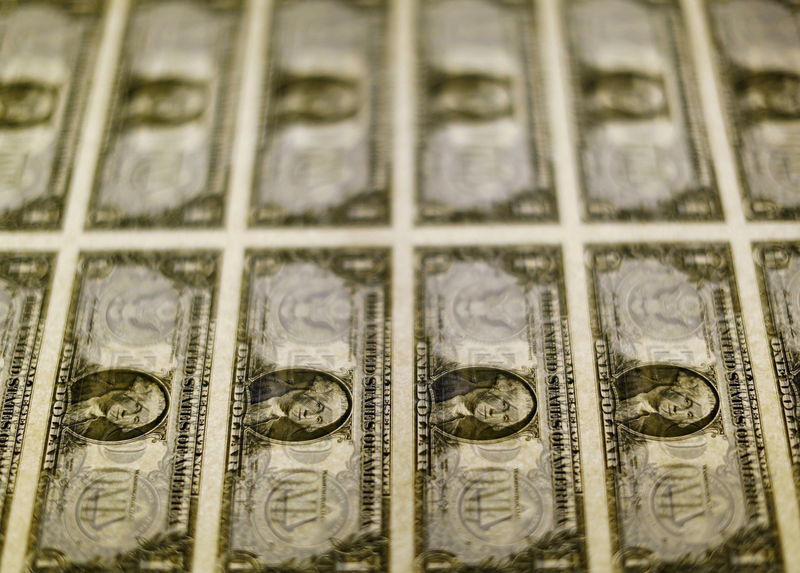By Ambar Warrick
Investing.com -- Most Asian currencies fell on Monday as hawkish comments from Federal Reserve officials spurred renewed fears of rising interest rates, which in turn helped the dollar extend its recovery from one-year lows.
The dollar index and dollar index futures rose 0.2% each, extending gains from Friday after Fed Governor Christopher Waller called for more interest rate hikes by the central bank, despite recent signs that inflation was easing.
Waller, a noted hawk, also noted that the Fed had not made too much progress in returning inflation within its 2% target. His comments saw markets pricing in a greater chance for a rate hike in May, and rattled expectations that the Fed will pause its rate hikes by June.
Most Asian currencies weakened on this notion, given that several regional central banks have already paused their rate hike cycles amid easing inflation and cooling economic growth. An extended rise in U.S. rates could further close the gap between risky and low-risk yields.
The South Korean won was the worst performer on Monday, down 0.7%, while the Indonesian rupiah fell 0.6% ahead of a central bank interest rate decision due this week.
The Japanese yen fell 0.1%, while the Chinese yuan lost 0.1%.
The yuan was also hit by the People’s Bank of China (PBOC) holding medium-term lending rates at historic lows ahead of a key reading on first-quarter economic growth due on Tuesday.
The data is expected to show some improvement in growth after the country relaxed most anti-COVID measures.
Analysts at ING said that the PBOC’s move on Monday showed that the central bank was not “particularly worried” about an economic recovery, but warned that a rebound in growth will be limited in the first quarter.
Industrial production and retail sales data are also due on Tuesday, while the PBOC is set to decide on its key loan prime rate later this week.
The Australian dollar was flat ahead of the minutes of the Reserve Bank’s April meeting, due on Tuesday. The minutes are expected to shed more light on the RBA’s decision to pause interest rate hikes.
The Indian rupee also traded sideways ahead of wholesale price index inflation data due later in the day, which is expected to show a further easing in inflation.
